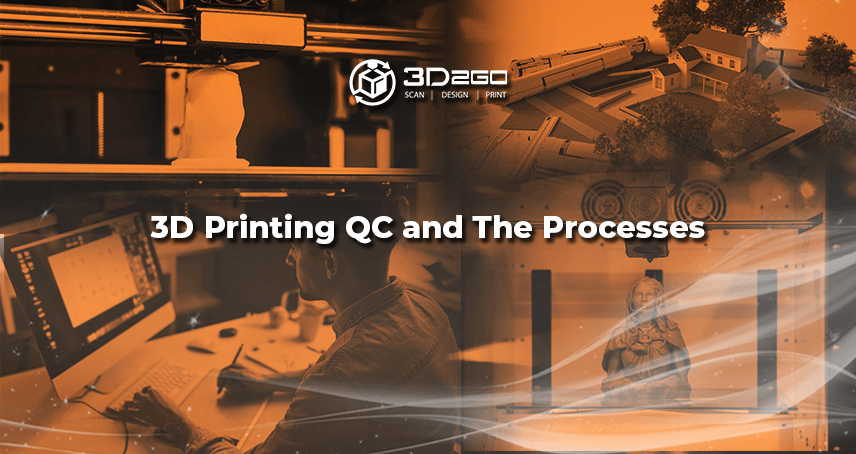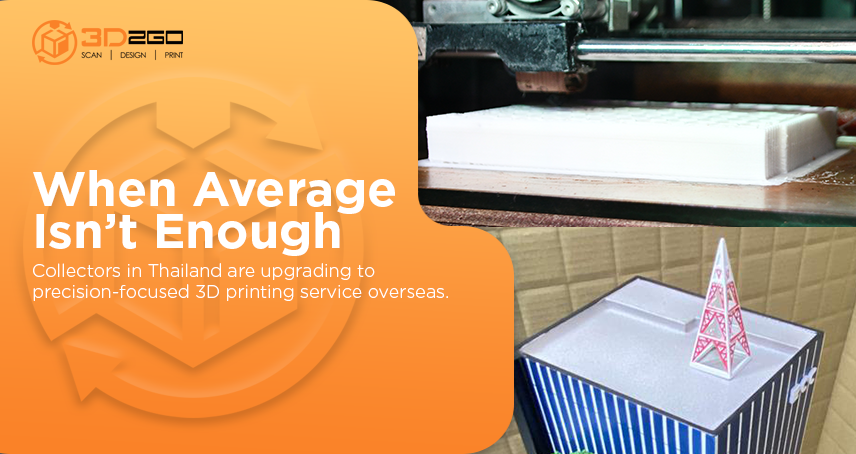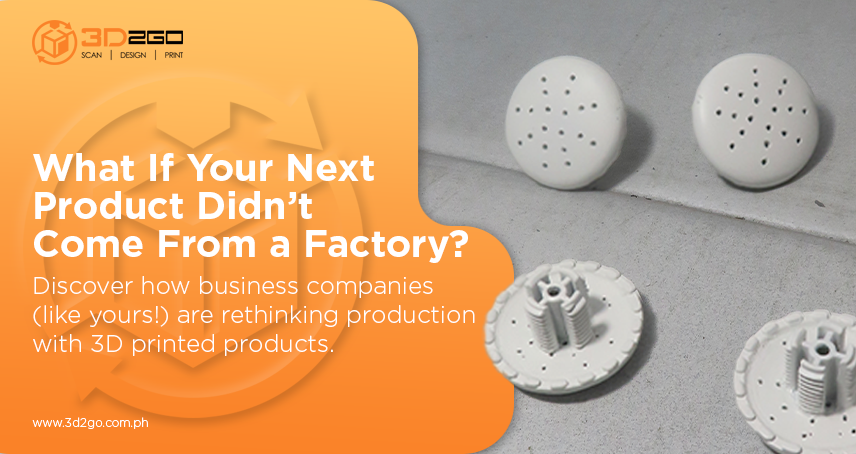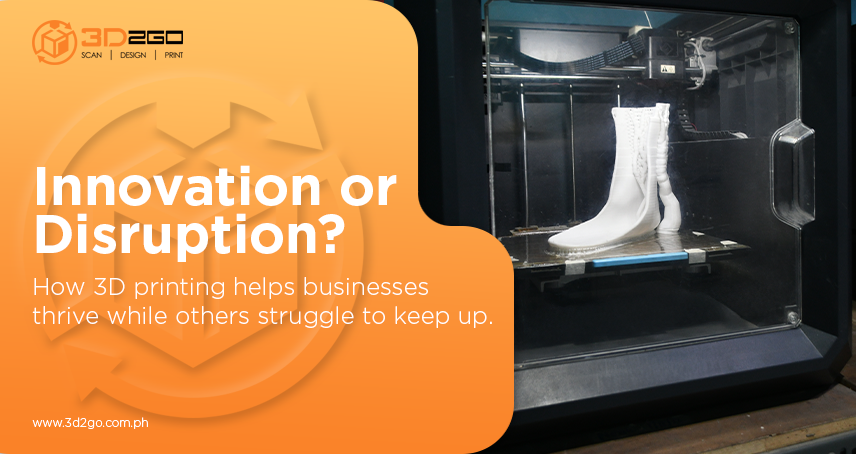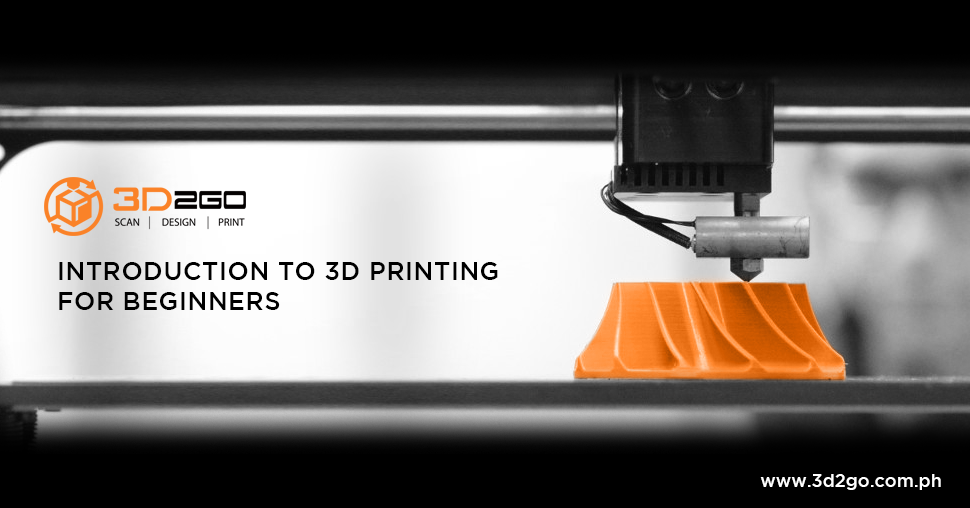
Introduction to 3D Printing for Beginners
June 7, 2022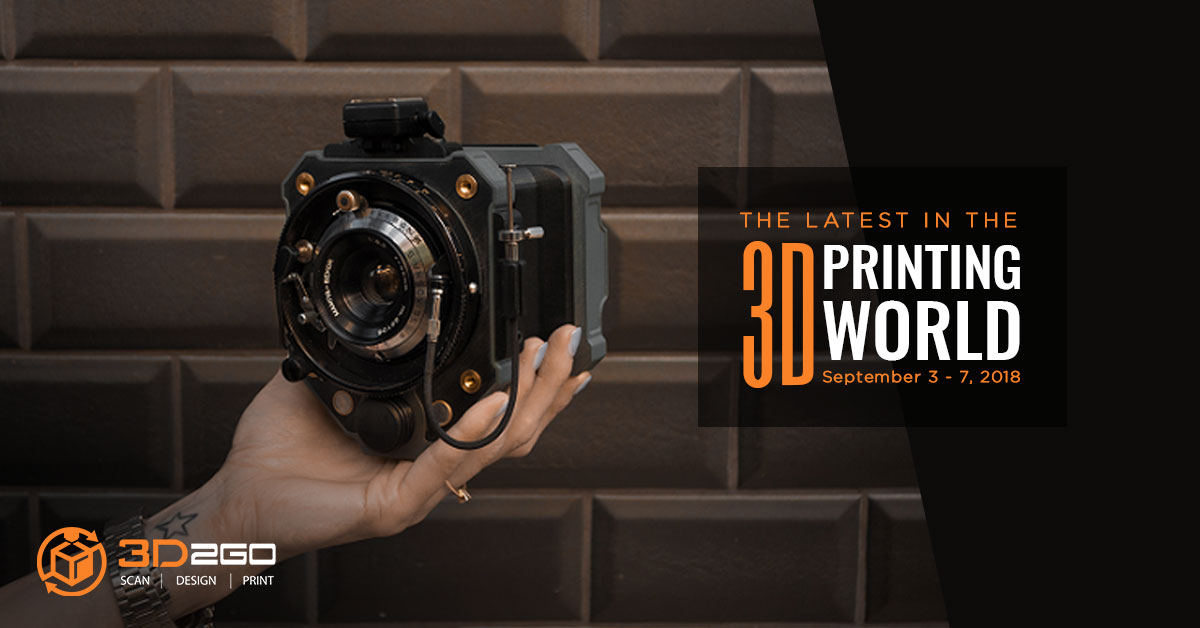
Industry News: Analog Cameras, 3D Printed Antibacterial Filament, And Many More
June 7, 2022Is 3d printing service even printing?
Is 3D printing even printing? Yes, 3D printing is printing. But it is not as it’s traditionally defined. From a technological perspective, 3D printing is an outgrowth of traditional printing. A layer of thin material or ink is being applied. The application of multiple layers expands the definition of printing. It includes the fabrication of three-dimensional objects in this manner.
Processes of 3d printing service manila
Much like traditional printers, 3D printers use a variety of technologies:
Stereolithography (SLA)
Used for creating:
- Models
- Prototypes
- Patterns
- Production parts
These are being printed in a layer-by-layer fashion using photochemical processes. The light causes chemical monomers and oligomers to cross-link together to form polymers. Those polymers then make up the body of a three-dimensional solid. Focuses on ultraviolet (UV) laser onto a vat of photopolymer resin. With the help of CAM or CAD software, the UV laser is being used. A pre-programmed design or shape is then drawn on the surface of a photopolymer vat.
Digital Light Processing (DLP)
Similar process to SLA. It also works with photopolymers. One advantage of DLP over SLA is that only a shallow vat of resin is being required for the process. Meanwhile, the difference is the light source. DLP uses a more conventional light source. Examples are:
Arc lamp with a liquid crystal display panel
Deformable mirror device (DMD)
It is then applied to the entire surface of the vat of photopolymer resin in a single pass.
Laser Sintering / Laser Melting
Interchangeable terms that refer to a laser-based 3D printing process. It works with powdered materials. But high temperatures are usually required for laser sintering. This results in cooling times being considerable. Porosity is also a historical issue. Laser sintering can process plastic and metal materials. But, metal sintering requires a much higher powered laser and higher in-process temperatures. Parts are much stronger than with SLA or DLP.
Fused Deposition Modelling (FDM)
Extrusion of thermoplastic material is easily the most common process. The process works by melting plastic filament. It is being deposited via a heated extruder. One layer at a time is being printed onto a platform according to the 3D data supplied to the printer. Each layer then hardens. Lastly, it bonds to the previous layer. This process requires support structures for any applications. Breakaway support materials are also possible. These are then removed by manually snapping them off the part. The process can be slow for some geometries. Layer-to-layer adhesion can also be a problem. But post-processing using Acetone can resolve these issues.
Selective Deposition Lamination (SDL)
One of the very few 3D printing processes that can produce full-color 3D printed parts. It builds parts layer by layer using standard copier paper. Each new layer is then fixed to the previous layer with an adhesive. The adhesive is then applied according to the 3D data supplied to the machine. Then a new sheet of paper is then fed into the paper feed mechanism. It is being placed on top of the applied adhesive on the previous layer. The build plate is then moved up to a heat plate and pressure is being applied. This pressure ensures a positive bond between the two sheets of paper. The build plate then returns to the build height. It is where an adjustable Tungsten carbide blade cuts one sheet of paper at a time. It traces the object outline to create the edges of the part. Then a cutting sequence takes place. Lastly, the 3D printer deposits the next layer of adhesive and so on until the part is complete.
Electron Beam Melting (EBM)
Process in terms of the formation of parts from metal powder. The heat source uses is from an electronic beam. This procedure is being carried out under vacuum conditions. EBM has the capability of creating fully dense parts in a variety of metal alloys. The technique has been particularly successful for a range of production applications. The most known example is for medical implants.
The only end-to-end 3d printing services philippines
Here at 3D2GO, we offer end-to-end services both to the consumer and corporate markets.
- 3D Scanning
- 3D Prototyping
- Designing & Conceptualizing
- Replication
- Restoration
- Scale Model Building
- 3D Printing
- Post Printing Service (Sanding and Coloring)
- Hardware Sales
- After Sales Support
- Reseller Program
Whether you are a beginner, a hobbyist, or a business professional we love to work with you. Let us collaborate for the better just like how 3D digital printing came to be. So what are you waiting for?
Get in touch with us! Send us files in .obj or .stil format in our email address management@my3d.com.ph. You can also reach us through our Facebook and Instagram pages today!


